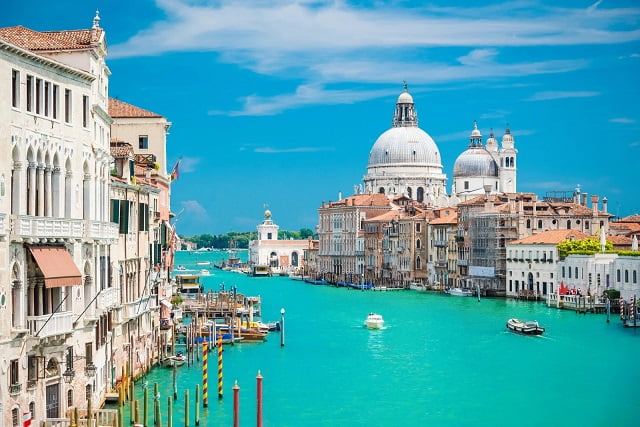
Welcome to “I Live Italy”
A Journey Through the Heart of Italy!
Buongiorno! I’m Elizabeth Dube, your guide to the enchanting world of Italy. Whether you’re an avid traveler, a history enthusiast, a culinary connoisseur, or simply captivated by the allure of this beautiful country, you’ve come to the right place.
Unveiling Italy’s Soul:
“I Live Italy” is more than just a blog; it’s an immersive experience that delves into the very essence of Italy. Join me on a virtual expedition that will take you through the ancient ruins of Rome, the romantic canals of Venice, the rolling vineyards of Tuscany, and the sun-kissed shores of the Amalfi Coast. Together, we’ll uncover the hidden gems, the cherished traditions, and the captivating stories that make Italy a timeless wonder.
Beyond the Tourist Trails:
While Italy’s iconic landmarks and world-renowned art beckon millions of visitors each year, our journey extends far beyond the beaten path. We’ll explore the quaint villages where life moves at a slower pace and traditions are passed down through generations. We’ll venture into the bustling markets, where the aroma of freshly brewed espresso mingles with the scent of artisanal cheeses and handmade pasta.
A Tapestry of Culture and History:
Italy’s history is woven into its culture like a rich tapestry, and we’ll unravel its threads together. From the glorious days of the Roman Empire to the artistic genius of the Renaissance, each era has left an indelible mark on Italy’s identity. We’ll walk in the footsteps of great minds like Leonardo da Vinci, Michelangelo, and Galileo, appreciating the heritage that shaped the world.
Savor the Flavors:
No journey through Italy is complete without savoring its culinary delights. Prepare to indulge in a symphony of flavors as we explore the regional cuisines and the art of Italian cooking. Discover the perfect pairing of wines with each dish, as well as the traditions that transform a meal into a celebration of life.
Embracing La Dolce Vita:
“Italy” and “La Dolce Vita” are synonymous, and we’ll embrace the sweet life together. From the joyous festivals that light up the villages to the warmth of Italian hospitality, we’ll bask in the spirit of “La Dolce Vita” that permeates every aspect of daily life.
Your Gateway to Italy:
As your gateway to Italy, “I Live Italy” is designed to be interactive and tailored to your interests. Feel free to explore our extensive travel guides, historical insights, and insider tips to plan your own adventure. You can also reach out with any questions or specific interests you’d like to explore, and I’ll be more than happy to assist you.
Join the “I Live Italy” Community:
Beyond a blog, “I Live Italy” is a community of like-minded individuals who share a passion for this remarkable country. Be a part of our conversations, share your experiences, and connect with fellow travelers who have fallen in love with Italy.
Let’s Begin Our Journey:
Italy awaits, and I’m thrilled to have you embark on this unforgettable voyage with me. Let the magic of Italy unfold before your eyes, capturing your heart and leaving you yearning for more.
Benvenuti a “I Live Italy” – Where Italy Comes to Life!
Elizabeth Dude

